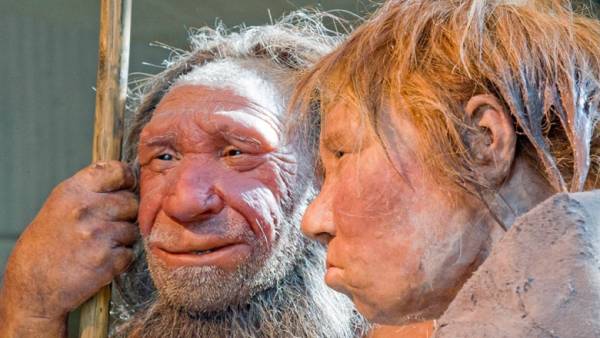The lab grown mini-brains Neanderthals
The researchers were in the lab “mini-brains” of the Neanderthals — the organelles obtained from cells with the genome of our extinct relatives. The authors hope to use them to better understand the differences between the structure of the Central nervous system of two species. The results were presented at the conference Imagination and Human Evolution.

Today we know a lot about the Neanderthals. Sequenced their genome, the calculated content of their DNA genes in modern people, found a lot of sites, remains and even drawings of Neanderthals. However, the study of their higher nervous activity encounters an apparent difficulty — the brain cannot be maintained as long as endocrin (relief on the inner side of the skull), volume and other morphological features do not allow to draw unambiguous conclusions.
Revolutionary new approach to the study of the Central nervous system of the Neanderthals may be to obtain live organs or organelles. This was possible thanks to the development of three areas — the study of ancient DNA technology for genome editing CRISPR, and the cultivation of organelles of stem cells. In new research, scientists replaced in stem cells is important in the development of the brain the human gene for neandertalci. This gene is called NOVA1, he is one of about 200 protein-coding genes that differ between species.
To obtain cells without defects and to grow the organelles, scientists have spent the last several months. “We call them neanderthall, — said the leader of the group Alison Muotri from the American University of California, San Diego. We’re trying to recreate the mind of a Neanderthal”.
Neanderthal differ from the organelles of modern man, the past few more and have a smooth round form, while the “mini-brains” Neanderthals resemble tiny popcorn.
Neurons migrate to neandertech faster, and make faster, although the authors still find it difficult to explain this fact. In addition, neurons of the Neanderthals have fewer synaptic connections with other cells, causing their network resembles the abnormally developing human.
Muotri argues that some features of Neandertals similar to that observed in autistic people.
I don’t want people to think that I compare people with autism with Neanderthals, but this is an important observation. In modern humans these changes are associated with defects of brain development that complicates socialization. If we believe that this was one of our advantages over Neanderthals, then this explanation makes sense.
The team grows organelles to the stage of the emergence of electrical activity. Now they are going to join the mini-brains to crab-like robots in the hope that they will learn to manage them. This will allow you to directly compare human and Neanderthal.